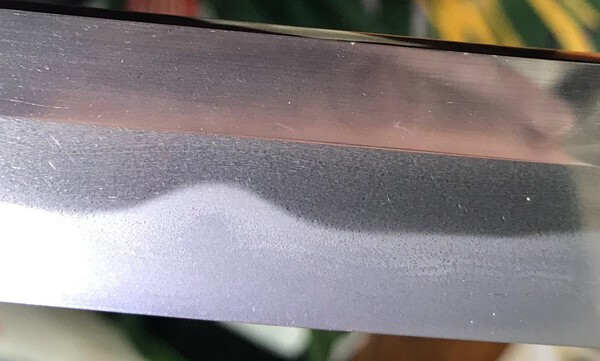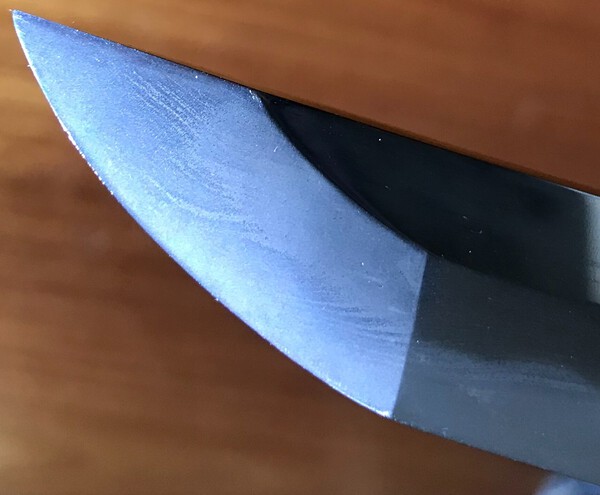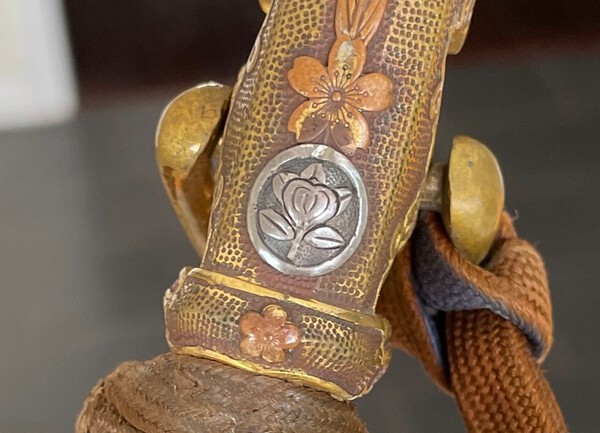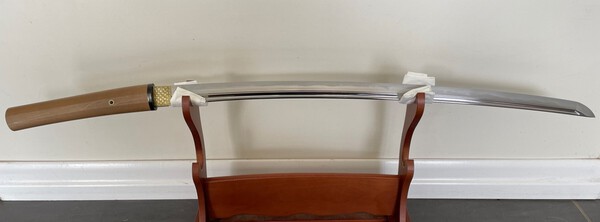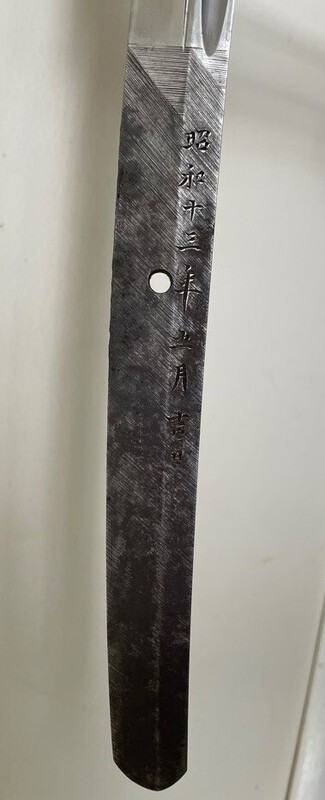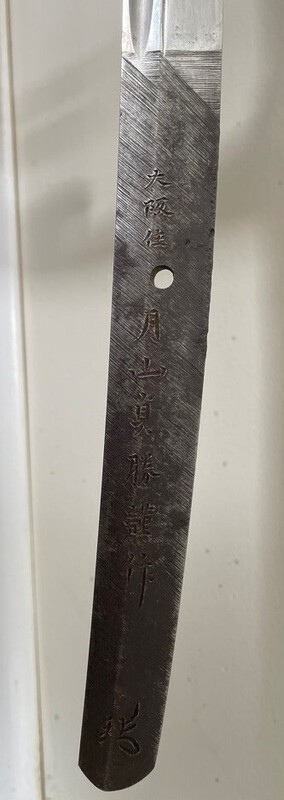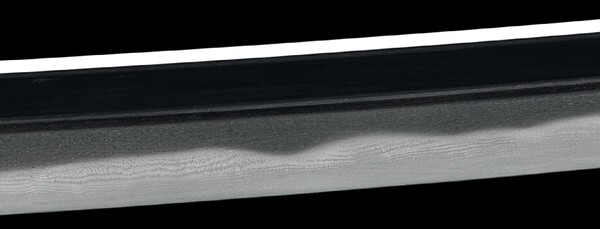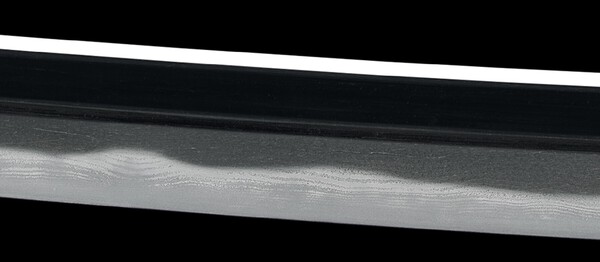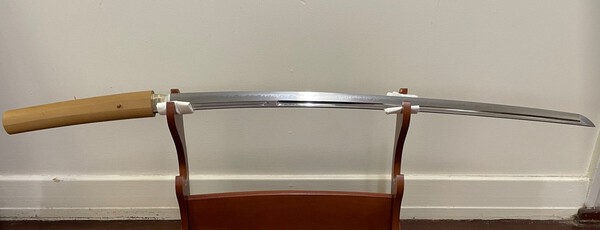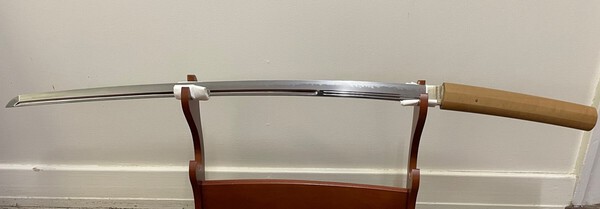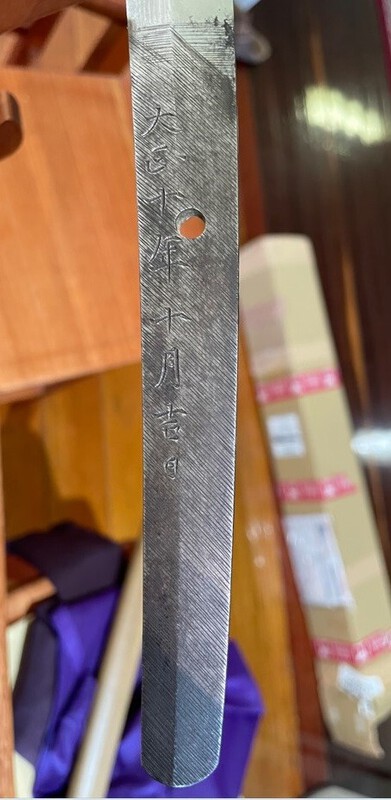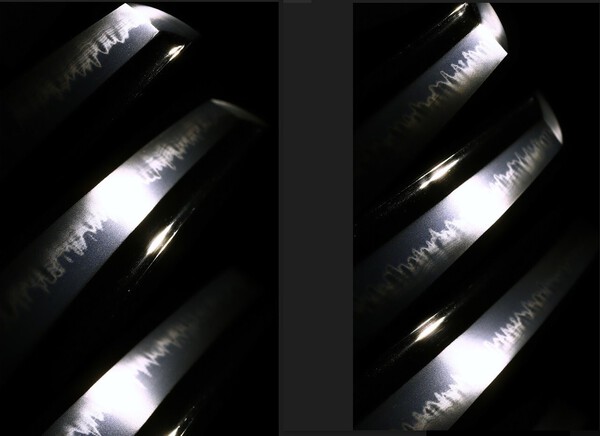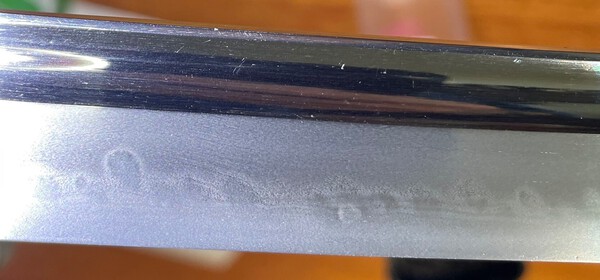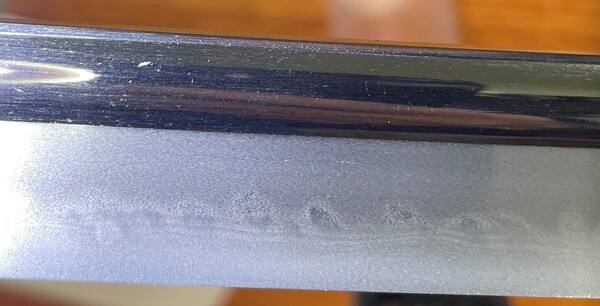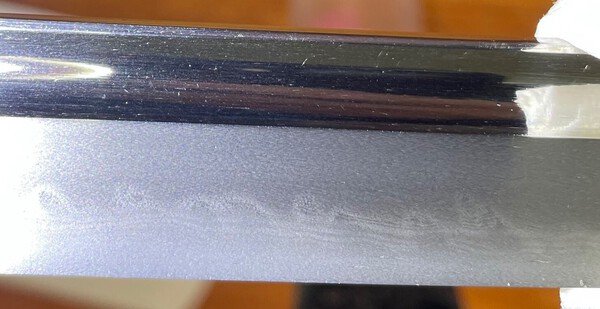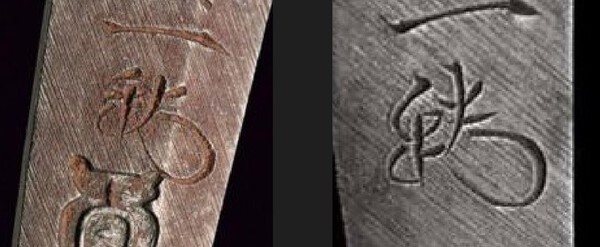-
Posts
733 -
Joined
-
Last visited
-
Days Won
12
Content Type
Profiles
Forums
Events
Store
Downloads
Gallery
Everything posted by Bryce
-
Here is a link to another tanto like yours. Tanto : Gassan Sadakatsu – 日本刀販売の葵美術 (sword-auction.com) Cheers, Bryce
-
G'day Kyle, Further to what Ray has already told you, your tanto was made by Gassan Sadakatsu, in 1929, to commemorate the birth of the crown princess (Taka Kazuko). Gassan Sadakatsu was one of the best Japanese swordsmiths of his time and made many commemorative pieces like this. Tanto like this, were not made for military use, but have more of a spiritual significance. Potentially your tanto is quite valuable, but unfortunately it looks like it has had a very hard life and this may effect the value. First thing to do though is give it a very light oiling to prevent any further oxidation. Don't try to remove any rust yourself as this will damage the blade. Gassan Sadakatsu is my favourite smith and I agree with Ray that your tanto is genuine. If you do a search on this forum you will find plenty of information about him. It looks like you may have lost the wooden handle of the shirasaya and also the habaki (metal collar) that would have gone on the junction of the blade and nakago (tang). Here is a picture of mine to show you what I mean. Cheers, Bryce
-

New Collector - Need your opinion on this piece.
Bryce replied to Bailey78's topic in General Nihonto Related Discussion
G'day Andrew, Your blade looks very promising. Are you able to post a shot of the boshi like this? Unfortunately older NBTHK papers like yours are no longer viewed as being reliable. That doesn't automatically mean the attribution is wrong though. Cheers, Bryce -
G'day Peter, I am interested in the evolution of the "Gassan habaki". The earliest ones I have seen to date appear to have been made by Sadakatsu. Do you know when yours was made? Cheers, Bryce
-
G'day Guys, Gassan Sadakatsu is also famous for his take on Yamato Hosho. Here is an example made in 1940. Cheers, Bryce
-
G'day Matt, Gassan Sadakazu and Gassan Sadakatsu also made some of these. Here is one by Sadakazu. Cheers, Bryce
-
RIP Roger. We shared many interests and had some great conversations. Bryce
-
G'day John, Heck of a sori on that thing!! Cheers, Bryce
-
G'day Guys, No one has posted on this thread for a long time, so I thought I would add my boxed Gassan Sadakatsu, with nice type 94 koshirae. Cheers, Bryce
- 699 replies
-
- 18
-

-

-

-

-
Thanks Paul, I appreciate you taking the time to explain it to me. Cheers, Bryce
-
G'day Paul, You and others on this forum in the past have mentioned blades having a bad shape. I assume this refers to aesthetics and has nothing to do with the practical performance of the blade. As you have said you like early koto blades does this mean you prefer the blade shapes that were common in this time period? What is a bad shape and what is a good shape? I am not trying to take the piss or anything, but am simply trying to learn. One thing I do know is that what we like is very subjective and changes over time. Below are three examples of Gassan Sadakatsu's blades. How would you describe the shapes of these blades, good, bad or indifferent? I like all three. Cheers, Bryce
-
-
The hada on the 1938 example (top) is very similar to this 1943 example (bottom) with ayasugi. I guess the smithing process is identical up to the point where the layers are mechanically manipulated into the wave pattern. Cheers, Bryce
- 1 reply
-
- 3
-

-

-
G'day Guys, Below are two different examples of Gassan Sadakatsu's masame hada. The top blade is dated 1940 and has very tight masame hada, with little contrast between layers. The bottom blade is dated 1938 and has high contrast between layers. I believe he achieved this contrast by combining different steels in alternating layers. This is the type of contrast you usually see in his ayasugi examples. I assume he used a single type of steel in the top blade. Cheers, Bryce
- 1 reply
-
- 10
-

-

-

-
Come on Nobody, you have to give us some better photos than that. Cheers, Bryce
-
-

Big Collection - Something for Everyone!
Bryce replied to Bruce Pennington's topic in Military Swords of Japan
Wow. This seems to confirm all the stories about military swords being destroyed upon their return to Japan in the past. Cheers, Bryce -
G'day Guys, One of my favourite blades, an early Gassan Sadakatsu made in 1921 when he was still in his Bizen den phase. It has a nagasa of 68.4 cm and koshi sori of 1.7cm. Cheers, Bryce
-
G'day Guys, I went thru the rest of the fittings and unfortunately none are any clearer than what I have already posted. Cheers, Bryce
-

sword blades with special signatures and dates
Bryce replied to Volker62's topic in General Nihonto Related Discussion
G'day Volker, Here is one by Kojima Kanemichi dated December 8 1942. It was made for Mr Minoru Nokura to commemorate the first anniversary of the start of the Pacific war (bombing of Pearl Harbour). Cheers, Bryce -

Difference in usage between kitau and saku?
Bryce replied to John C's topic in Translation Assistance
In my opinion the two words are interchangeable. I have a gendaito where the smith signed saku on one side, but used kitau when referring to who the sword was made for on the other side of the nakago. Cheers, Bryce -
Thanks Uwe, I agree, there is an additional stroke on the seppa marking. I will try to capture some better images from the other fittings. Cheers, Bryce
-
G'day Bruce, On further reflection I don't think you can capture the complexity of this subject in a simple document the same way you can with stamps. As the kao are all hand chiselled, each one is slightly different and they changed over time. You can't really look at the kao of a smith in isolation from the mei and blade. Cheers, Bryce
-
G'day Bruce, Close, but no cigar. The left hand image looks to be Gassan Sadakatsu not Sadakazu. Below are images of Sadakazu's kao from 1867(left) and 1904(right). The middle one in your photos is Sadakatsu's from 1940, but his earlier kao was a little different. I am not as familiar with Sadamitsu so need to do a little more checking, but I wouldn't call your example "textbook". Cheers, Bryce






